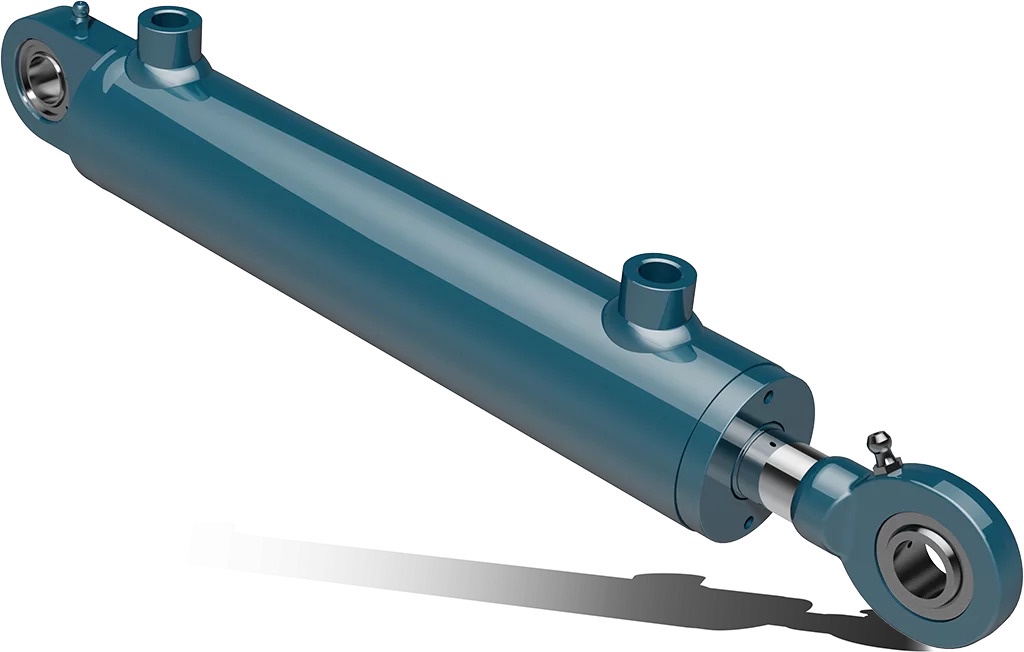Hydraulic systems are essential to many industrial applications, from heavy machinery to automotive engineering. Various hydraulic cylinders are available, but single and double-acting hydralic cylinders are the most popular. Both cylinders have unique features that make them ideal for specific applications. Let us explore six reasons to choose single and double-acting hydraulic cylinders.
Efficiency
One of the main advantages of single-acting hydraulic cylinders is their efficiency. These cylinders operate in one direction and rely on an external force, such as gravity or spring, to return to their original position. Single-acting hydraulic cylinders are ideal for applications that require a simple linear motion, such as lifting or pushing a load. They need less energy to operate than double-acting cylinders, making them more efficient and cost-effective.
On the other hand, double-acting hydraulic cylinders are more efficient for applications that require a continuous back-and-forth motion. These cylinders can generate force in both directions, making them ideal for digging, drilling, pushing, and pulling heavy loads.
Durability
These are often exposed to harsh operating conditions, such as high temperatures, extreme pressure, and heavy loads. Single and double-acting hydraulic cylinders are both designed to withstand these challenging environments. However, double-acting cylinders have an added advantage when it comes to durability. These can withstand the stress of frequent back-and-forth motion, making them less prone to wear and tear.
Control
Single and double-acting hydraulic cylinders offer excellent control over the motion of a load. However, the level of control varies depending on the type of cylinder. These are ideal for applications that require a simple linear motion, where control is not a significant concern. In contrast, double-acting cylinders offer greater control over the movement of a load thanks to their ability to generate force in both directions. This feature makes them ideal for tasks that require precise control, such as drilling and excavation.
Cost-effectiveness
Regarding cost-effectiveness, single-acting hydraulic systems are a better option for applications that require simple linear motion. These cylinders require less energy, making them more cost-effective than double-acting cylinders. However, double-acting cylinders are more cost-effective if your application requires a back-and-forth motion. They offer greater efficiency and durability, translating into lower operating costs in the long run.
Safety
The systems can be dangerous if not used correctly. Single and double-acting hydraulic cylinders are designed with safety in mind. These cylinders have safety features, such as pressure relief valves and limit switches, to prevent accidents and protect the operator. However, double-acting cylinders offer an added safety advantage. Since they can generate force in both directions, they can be used to stop or reverse the motion of a load in case of an emergency.
Versatility
These cylinders are versatile and can be used in various applications. However, each type has unique features that make them more suitable for specific tasks. Single-acting systems are ideal for applications that require a simple linear motion, such as lifting or pushing a load. Double-acting cylinders are more flexible and can be used in various industries, from construction to mining. They are suitable for applications requiring continuous back-and-forth motion, such as digging, drilling, pushing, and pulling heavy loads.
Final Words
Single and double-acting hydraulic cylinders have unique features that make them suitable for specific applications. By considering factors such as efficiency, durability, control, cost-effectiveness, safety, and versatility, you can choose the right cylinder for your application. It's also essential to consider load capacity, stroke length, operating environment, and maintenance requirements. With the right one, you can improve the efficiency and productivity of your operations and achieve your business goals.


No comments yet